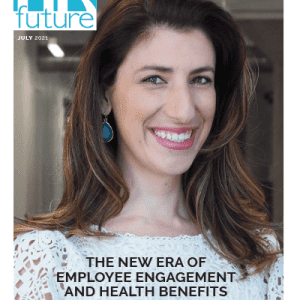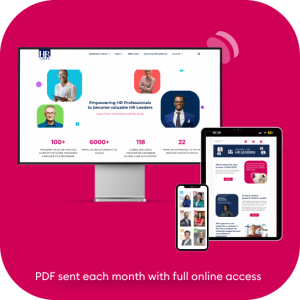Bringing coherence and a new kind of clarity to the workplace will be the key to ensuring successful teams in a post-pandemic future, and should be one of the major considerations for company leadership in coming months as 2023 comes into focus –particularly because of continued uncertainty on the part of employees, a leadership expert says.
Companies and employees have been trying to find their feet in what remains shaky ground, with ongoing uncertainty over work-from-home vs in-office and hybrid approaches.
Expectations on the part of senior leaders are often in direct conflict with those of the broader workforce, and the negative impact of this situation is exacerbated due to unarticulated needs, sentiments and beliefs from all parties.
Delivering a series of keynote addresses recently to advise South African industry leaders on the continued challenges related to shifting towards equilibrium in the workplace, it’s necessary for all the stakeholders – leaders and employees – to recognise that the workplace as we know it has been disrupted, and now requires fresh thinking from different vantage points in order to formulate a healthier and clearer framework for the future.
Whether locally or globally, evidence shows most employees want to retain as much of the flexibility, autonomy and self-determination regarding work as possible and they are very reluctant to go back to pre-pandemic rigid work structures.
When this feels imposed on them by ‘management’ – a feeling that is common in workplaces everywhere – resentment is the result, as could be witnessed earlier this month with Apple’s mandate that employees return to the office for 3 days a week from September 5.
Examples abound, and Apple’s employee predicament is but the latest example of the tug-of-war that continues between leadership and teams across the globe, including in South Africa. It is therefore necessary for everyone to get on the same page with some urgency before continuing down this path of uncertainty and incoherence.
A strong proponent for allowing flexibility and common-sense, win-win solutions in the hybrid vs return to office debate, it is important to communicate the purpose of the office where applicable, while balancing that with the ability to work from home where possible.
Almost a year into our post-pandemic normalisation, data is now showing clear evidence that there are certain elements of work that people are – for the most part – substantially worse off doing on their own, remotely.
In addition, the negative impact on career and professional development for remote workers is starting to become more noticeable. Add to this recent research studies that show how certain groups of workers want more in-person time with their teams, and we have a very complex scenario to address and manage in the hybrid world of work.
The following is a list of the core areas that people are not as good at doing on their own, remotely:
- Building culture and feeling a sense of belonging
- Collaborating on projects
- Learning through mentorship
- Building social and professional capital
- Networking with cross-functional teams
- Sparking innovation
In addition, due to proximity bias and presenteeism, recent data shows that people who choose remote work options are 50% less likely to be considered for promotion in their organization.
The way to get employees to buy in to spending time in the office on a synchronous basis, meaning people need to be there at the same time in order to reap the benefits of being in person, is to be intentional about the types of meetings and connections that will take place during this time. When the office becomes an intentional purposeful place to do work in a way that is not easily replicable remotely or asynchronously, people then start to see the value of going to the office.
The cadence of synchronous time in office may differ from one team and company to the next, with some ‘remote first’ companies choosing to bring people together as little as once to three times per year, and others testing out more frequent, weekly synchronous time.
The point here is that when ‘the office’ is considered a tool, channel or device to achieve outcomes that are beneficial and supportive of both individual and company goals, there’s significantly greater buy-in from everyone.
That’s not to say that this is simple to organize. Hybrid is complex, but companies that are unwilling to embrace the challenges of establishing new norms around ‘the workplace’ are going to suffer the consequences of being last in line for top talent.
We know that people are choosing hybrid roles where they are able to retain their flexibility. Companies who supplement this with high quality, purposeful in-office time will undoubtedly be leading the pack.
Debbie Goodman is CEO of Jack Hammer.


























